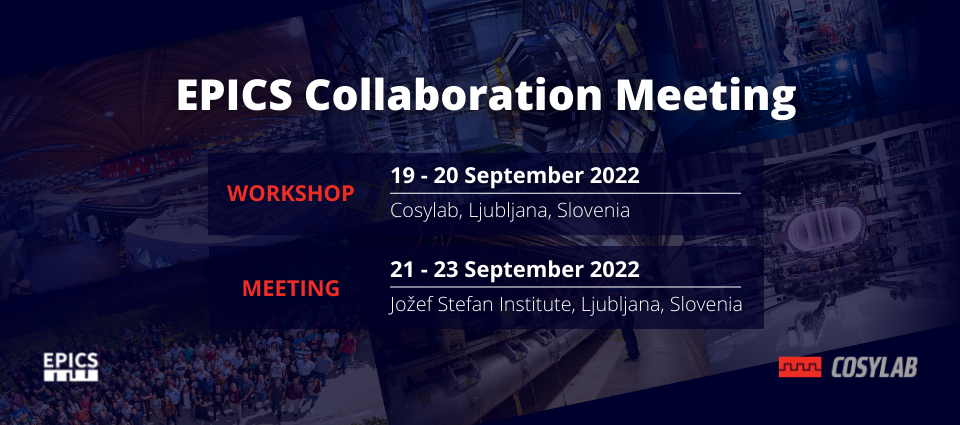EPICS and Tango are two of the most popular control systems widely used in scientific facilities. They are based on different designs, but they allow for interaction with multiple kinds of hardware devices. Sometimes the support for some devices is already provided by Tango Device Servers, but integration with EPICS is not yet implemented. In that cases, EPICS Tango Bridge is a perfect...
Step scan, Trajectory scan: ESS will use neither nor.
All data is collected in apache kafka (a data pool).
All detectors and cameras need to time stamp their data,
and so must the motion controllers.
We look at an ongoing development and scratch the surface:
Facility-wide timing, TwinCAT, EPICS
Detectors based on TimePix3 chips are complementary to existing, within NSLS2 synchrotron, direct detection sensors represented by Lambda, Merlin, Eiger/Eiger2, and Pilatus detectors. Compared to Eiger/Eiger2 and Pilatus family the smaller pixel size will result in a 2-fold increase in signal to noise and the physical characteristics of the device will allow us to mount it further away from...
There are a few ways to monitor PVs in the EPICS control system based on size and purpose. For large research facilities, the typical solution is EPICS Archiver Appliance. The main disadvantage of this solution is a quite complex configuration and overwhelming system requirements. Smaller systems often use CSS Archiver or custom scripts that populate CSV files or other formats suitable for a...

